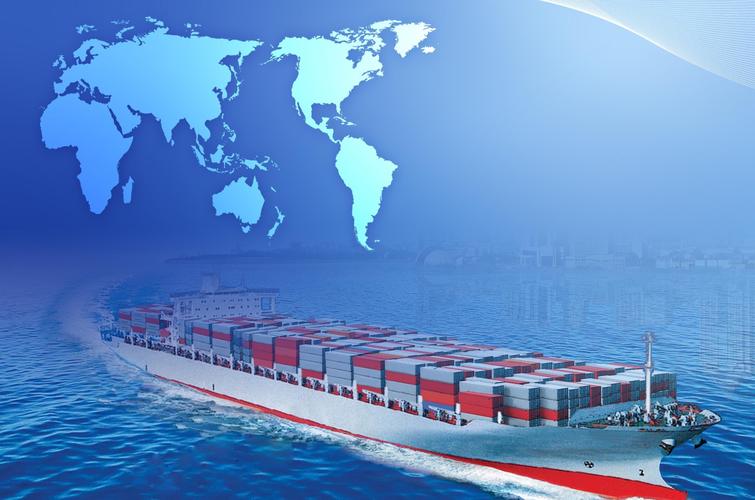Alibaba has become a prominent platform for international trade, offering a vast array of products and suppliers. For those looking to ship goods to the Philippines, learning how to use Alibaba for shipping to Philippines can open up new opportunities and streamline the shipping process. Whether you’re a business owner or an individual buyer, this guide will walk you through the essential steps to make the most of Alibaba for your shipments to the Philippines.
1. Create and Set Up Your Alibaba Account
Register Your Account
Visit the Alibaba website and click on the “Join Free” button. Fill in the required information, including your name, email address, and password. Choose the appropriate account type, whether it’s for a business or personal use. Verify your email to activate your account.
Complete Profile Information
After registration, complete your profile with accurate details about your business or personal information. Upload a profile picture and add a brief description. A detailed profile helps build trust with suppliers and can lead to better communication during the transaction process.
2. Search for and Select Reliable Suppliers
Use Advanced Search Features
Alibaba’s advanced search allows you to filter suppliers based on various criteria such as product category, location, trade assurance, and customer ratings. Narrow down your search to find suppliers who specialize in the products you want to ship to the Philippines. For example, if you’re shipping electronics, look for suppliers with high ratings in the electronics category.
Evaluate Supplier Credibility
Check the supplier’s business profile, including their years of operation, certifications, and trade assurance amount. Read customer reviews and ratings to gauge their reliability. You can also request samples from potential suppliers to assess the quality of their products before placing a large order. Similar to how experienced freight companies like China Top Freight emphasize the importance of reliable partners, choosing trustworthy suppliers on Alibaba is crucial for a successful shipment.
3. Place Your Order and Negotiate Terms
Communicate with Suppliers
Use Alibaba’s messaging system to communicate with suppliers. Discuss product details, pricing, minimum order quantities, and shipping options. Negotiate favorable terms, such as discounts for bulk orders or free shipping for certain order values. Clear communication ensures both parties understand the expectations.
Finalize the Order
Once you’ve agreed on the terms, place your order through Alibaba’s platform. Make sure to review all the details, including the product description, quantity, and total price. Select the appropriate payment method, such as credit card, wire transfer, or Alibaba’s secure payment options.
4. Arrange Shipping and Logistics
Choose Shipping Options
Alibaba offers various shipping options, including sea freight, air freight, and express delivery. Consider the nature of your goods, delivery time requirements, and budget when choosing a shipping method. You can also choose to use Alibaba’s logistics services or work with your own freight forwarder. If you opt for the latter, reliable freight forwarders can help you handle the shipping process more efficiently, much like the services provided by professional companies in the industry.
Provide Shipping Information
Accurately provide the shipping address in the Philippines, contact details, and any special instructions to the supplier or shipping agent. Ensure that all information is correct to avoid delivery delays or issues. Track your order using the tracking number provided by the shipping carrier or Alibaba’s order tracking system.
5. Handle Customs and Documentation
Understand Customs Regulations
Familiarize yourself with the customs regulations of both China and the Philippines. Different products may have specific import requirements, such as licenses or certificates. Ensure that your goods comply with these regulations to avoid customs issues.
Prepare Required Documents
Work with your supplier or shipping agent to prepare all necessary shipping documents, including commercial invoices, packing lists, and certificates of origin. These documents are essential for customs clearance in both countries. Make sure the information on the documents is consistent with your order details.
In conclusion, mastering how to use Alibaba for shipping to Philippines involves creating an account, selecting reliable suppliers, negotiating orders, arranging shipping, and handling customs. By following these steps, you can leverage the benefits of Alibaba to simplify your shipping process to the Philippines, whether you’re a novice or an experienced trader. This guide serves as a valuable resource for anyone looking to make the most of Alibaba’s platform for their shipments to the Philippines. Utilize China Top Freight to help solve the problems you are facing. Contact us today to embark on your smooth transportation journey!


